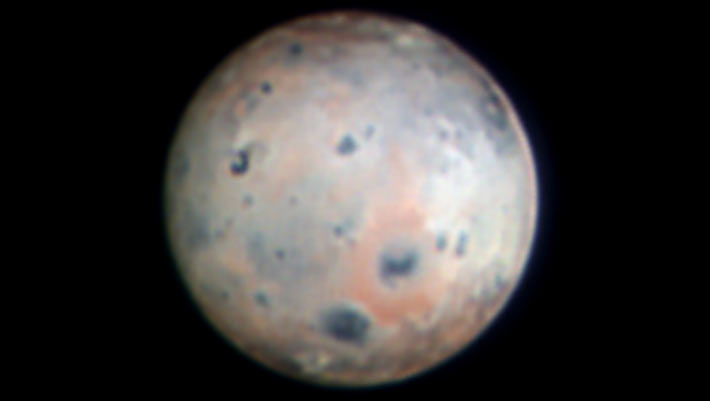
Using the SHARK-VIS instrument on the Large Binocular Telescope on Mount Graham in Arizona, the United States, astronomers have captured the highest resolution optical images of Io ever obtained from a ground-based telescope.

New research finds Earth's surface was first sprinkled with fresh water some 4 billion years ago, a whole 500 million years earlier than previously thought.

Mars has a distinct structure in its mantle and crust with discernible reservoirs, and this is known thanks to meteorites that scientists have analyzed.
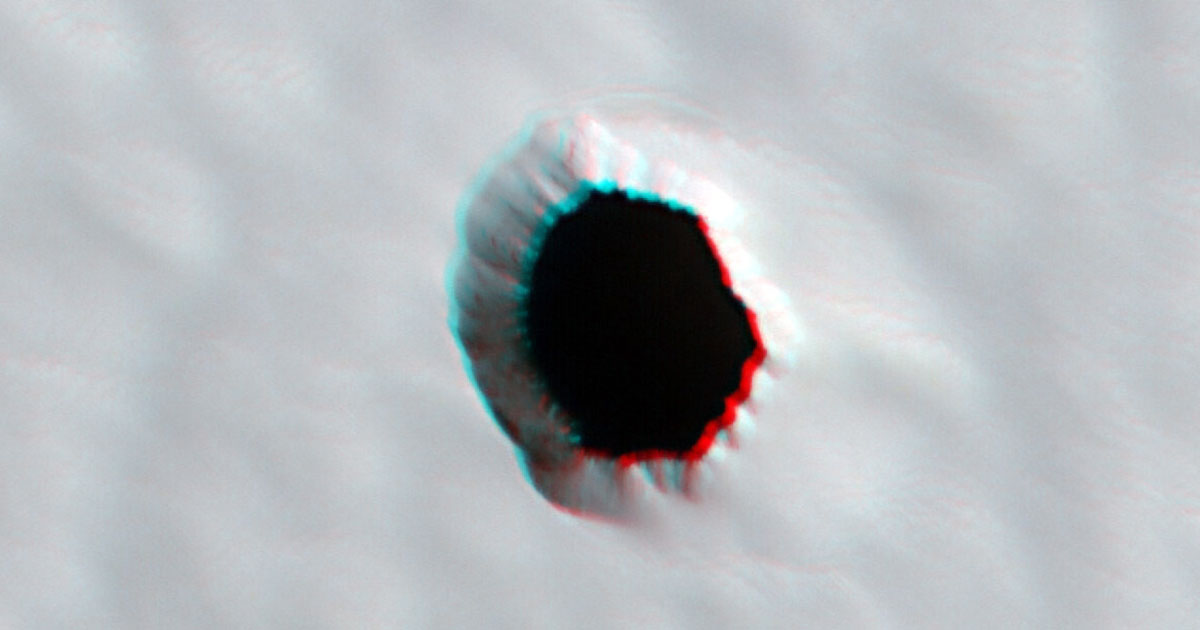
NASA's Mars Reconnaissance Orbiter (MRO) has discovered another intriguing formation on the planet's barren surface. Despite their best efforts, scientists can only guess as to how exactly holes like this one were formed.
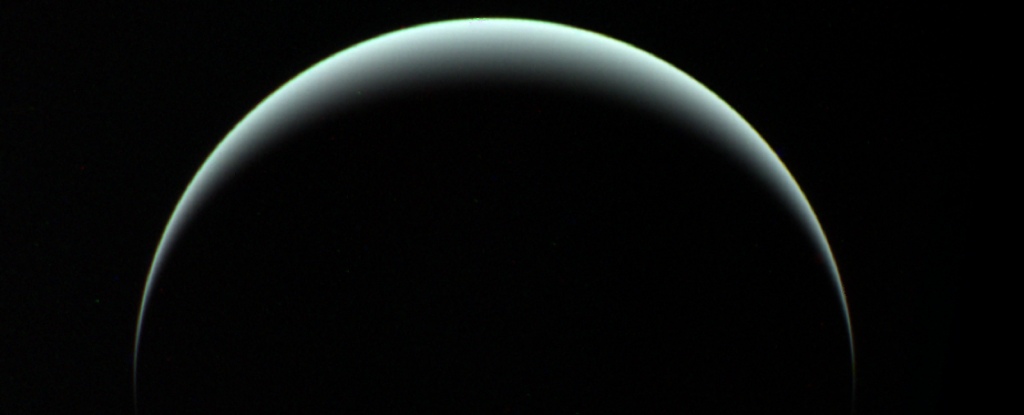
One of the most peculiar things about Uranus and Neptune is their magnetic fields.
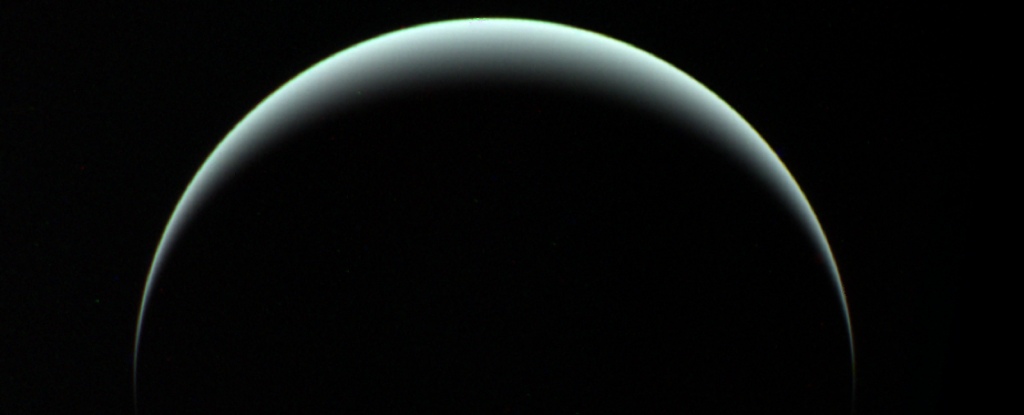
One of the most peculiar things about Uranus and Neptune is their magnetic fields.
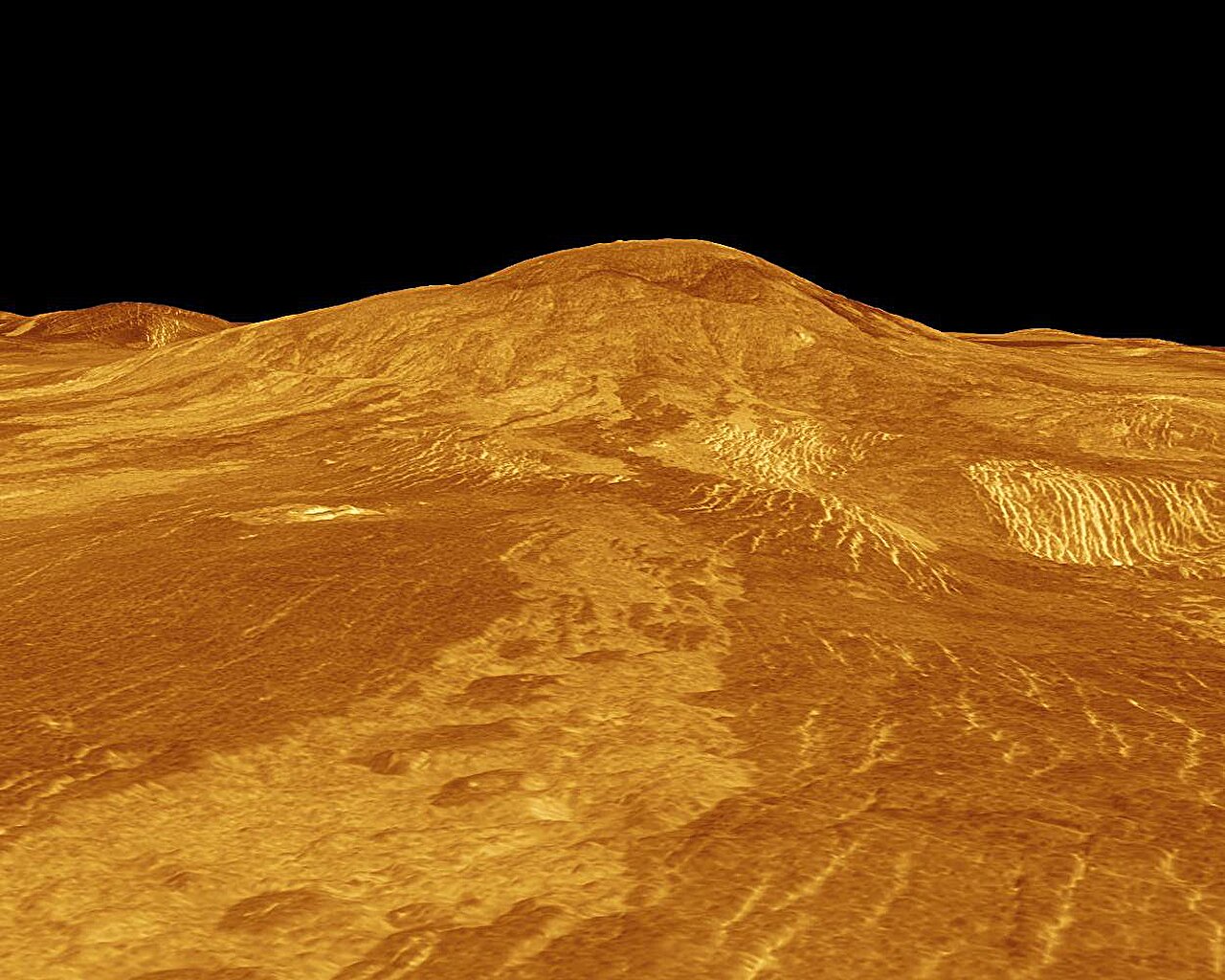
A new analysis of data collected on Venus more than 30 years ago suggests the planet may currently be volcanically active.

Six of the planets of the Solar System are about to line up for a rare sight in Earth's sky.

Nasa says its Perseverance rover has essentially completed the job it was asked to do when it landed on Mars in February 2021.
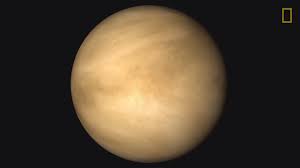
A new study details dissociative recombination, which may have led to Venus losing its water.
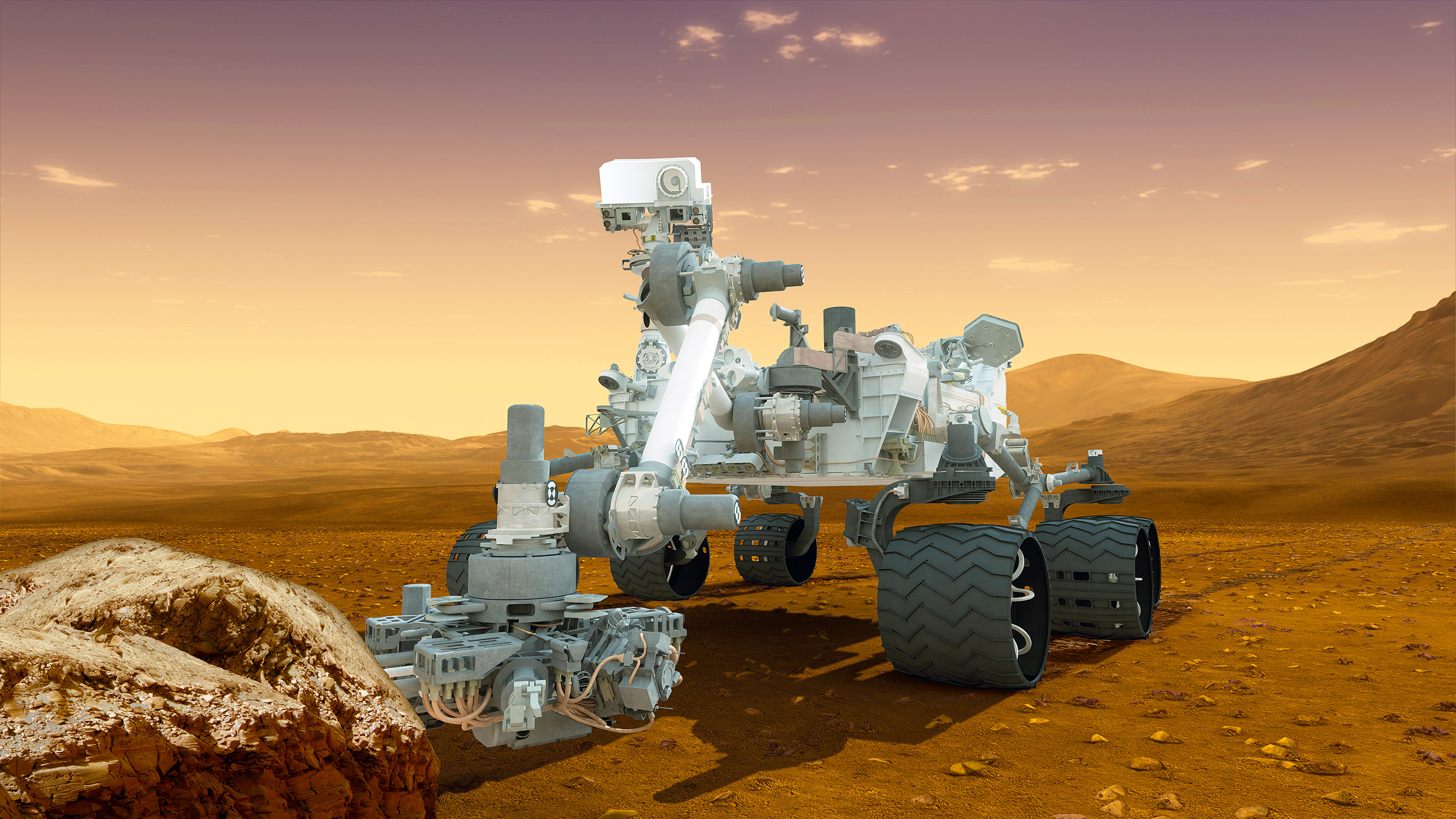
The mystery of life’s origins on Earth has long puzzled scientists, but a recent discovery on Mars might be shedding new light on this profound question, while also inching closer to finding life on Mars.

A small team of planetary scientists from U.S. reports possible new evidence of Planet 9.
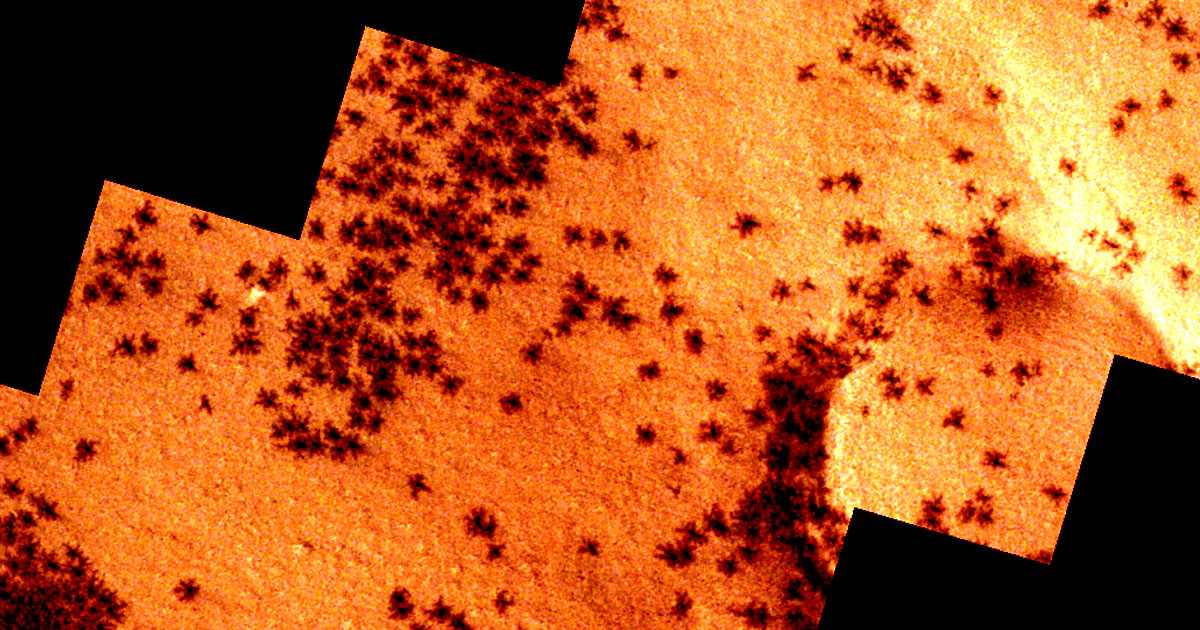
These so called "spiders" are the result of a complex geological process that causes carbon dioxide to sublimate, digging up darker material from below the surface during the planet's spring.
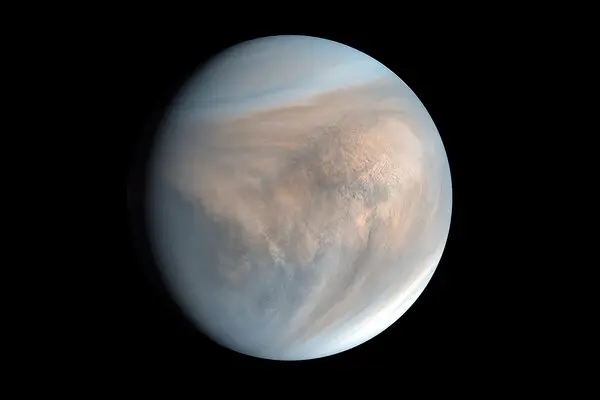
BepiColombo made two flybys of Venus on its journey to Mercury. The spacecraft found carbon and oxygen escaping into space in a previously unexplored region of Venus’ magnetosphere.

Ceres, the largest asteroid in our solar system, harbors a dark secret: extremely young ice deposits in permanently shadowed craters near its poles.